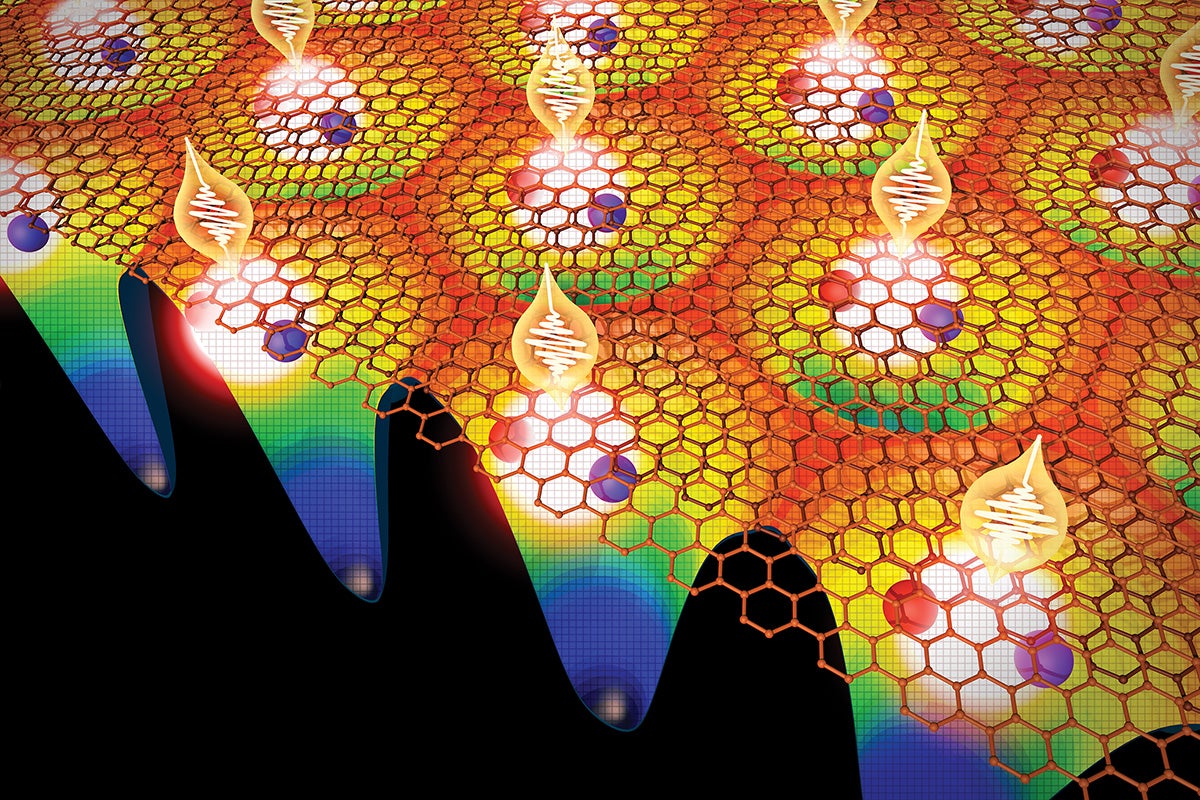Dr. Jeffrey E. Barrick will be joining the faculty of the Department of Chemistry and Biochemistry in January of 2011. Barrick grew up in Lubbock, Texas and is excited to be returning to the state. Among other things, he fondly remembers the sunny days and many weekends spent in small towns in West Texas at University Interscholastic League (UIL) Math and Science competitions during high school.
Barrick attended the California Institute of Technology and was awarded a B.S. in Chemistry with honor in 2001. At Caltech, he worked in the laboratory of Dr. Richard W. Roberts (now at the University of Southern California), where he used mRNA display to isolate altered RNA hairpin-binding peptides from random sequence libraries and biophysically characterized their new binding properties. He was awarded Caltech's George W. Green Memorial Prize for original undergraduate research in 2000.
Barrick earned his Ph.D. in Molecular Biophysics and Biochemistry from Yale University in 2006. He joined Dr. Ronald R. Breaker's group shortly after the realization that conserved structures called "riboswitches" in certain bacterial messenger RNAs were able to directly sense small molecules and regulate gene expression without the involvement of protein intermediaries. Barrick was involved in the discovery and characterization of many classes of metabolite-binding riboswitches, including the cooperative glycine riboswitch and the metabolite-dependent glmS ribozyme [1]. His graduate studies were supported by a Howard Hughes Medical Institute (HHMI) Predoctoral Fellowship, and he received the RNA Society/Scaringe Young Scientist Award in 2006 for his work on riboswitches and 6S RNA.
Since 2006, Barrick has been a postdoctoral fellow at Michigan State University co-mentored by Dr. Richard E. Lenski in the department of Microbiology and Molecular Genetics and Dr. Charles A. Ofria in the department of Computer Science and Engineering. At MSU, he has studied evolution using experimental populations of Escherichia coli in the laboratory and digital organisms in the Avida artificial life system. He has examined rates of genomic evolution and changes in population diversity over time in a 20-year evolution experiment with E. coli using next-generation sequencing technologies [2] and developed approaches for quantifying and exploring bacterial evolvability. Barrick was supported by a National Science Foundation (NSF) Postoctoral Fellowship in Biological Informatics and a National Institutes of Health (NIH) Pathway to Independence Award during his postdoc.
Dr. Barrick's research interests are in using systems and synthetic biology approaches to study evolution in action. In particular, he plans to use deep sequencing to follow the dynamics of evolving populations of microbes and molecules. Understanding how the immediate biochemical effects of competing beneficial mutations differ and contrasting how their fitness effects interact with other possible mutations may give insight into how the evolutionary potential of microbes can be rationally manipulated. Dr. Barrick is also interested in what evolutionary forces are important for shaping microbial genomes in wild and pathogenic populations and in explaining conserved genomic elements of unknown function.
Links:
[1] Scientific American magazine article about riboswitches:
http://www.scientificamerican.com/article.cfm?id=the-power-of-riboswitches] .
[2] Michigan State news article about recent Nature publication:
http://news.msu.edu/story/6993/] .
News and Highlights
From the Chemistry Department









